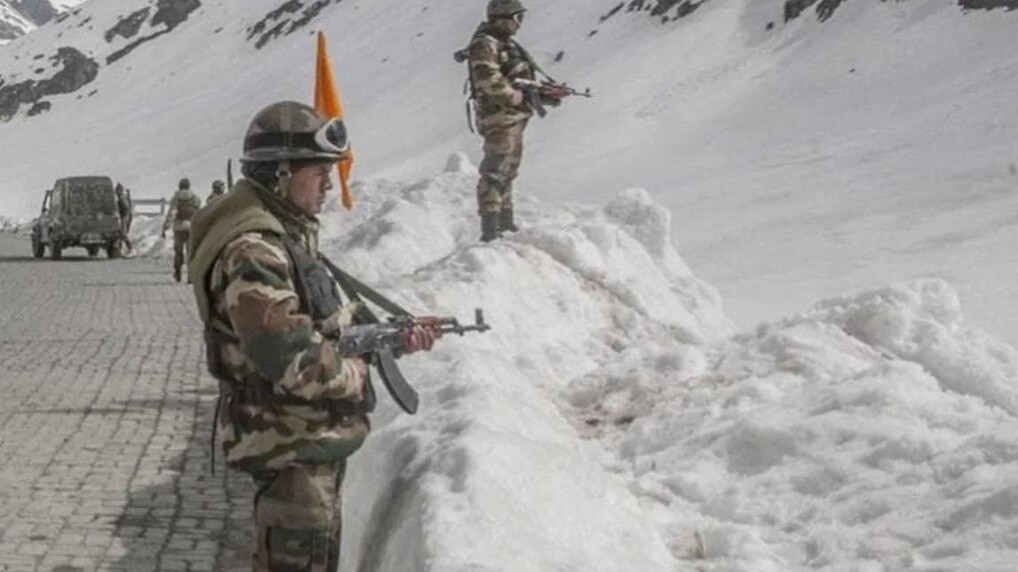 |
|
The recent developments between India and China regarding their long-standing border dispute along the Line of Actual Control (LAC) offer a glimmer of hope for potential resolution. Despite the intense military standoff that began in 2020, both nuclear-powered nations have engaged in a series of diplomatic and military talks to ease tensions. The latest reports indicate that substantial progress has been made towards addressing lingering issues, specifically in eastern Ladakh and Arunachal Pradesh.
The progress is attributed to the 31st round of the Working Mechanism for Consultation and Coordination on India-China Border Affairs (WMCC), held in Beijing on August 29. The Indian delegation included military representatives, highlighting the crucial role of defense cooperation in these negotiations. This development paves the way for the 22nd round of Corps Commander-level talks, focusing on specific troop deployment plans and establishing a timeline for implementation based on mutual agreements. While the details remain undisclosed, this positive momentum indicates a willingness on both sides to find a workable solution.
However, despite the progress, the situation remains delicate. The 2020 standoff, characterized by violent clashes, has left over 50,000 troops from each nation deployed along the LAC in eastern Ladakh. Although disengagement agreements have been reached, both sides have maintained a high state of alert. The ongoing winter stocking for additional troops signifies India's preparedness for a prolonged military presence in the region. This suggests that complete de-escalation may take a significant amount of time, highlighting the complexities of the situation.
The historical tensions and the strategic importance of the contested areas necessitate continued diplomatic engagement and confidence-building measures to pave the path towards lasting peace. The broader context of the border dispute, dating back to the 1962 Sino-Indian War, adds further layers of complexity. The recent years have witnessed increasing competition between India and China, not only along their shared borders but also in global strategic arenas, particularly the Indo-Pacific region. The outcome of the LAC issue will have profound consequences for regional and global stability, as both countries strive to balance their economic cooperation with geopolitical competition.
It is crucial to recognize the delicate balance at play. While progress has been made, the road to a permanent resolution is long and arduous. Both India and China must prioritize sustained dialogue, build trust through concrete actions, and approach the issue with a spirit of cooperation and compromise. The future of their relationship and the stability of the region hinge upon a peaceful and equitable resolution of the border dispute. This will require unwavering commitment and a shared vision for a secure and prosperous future.
